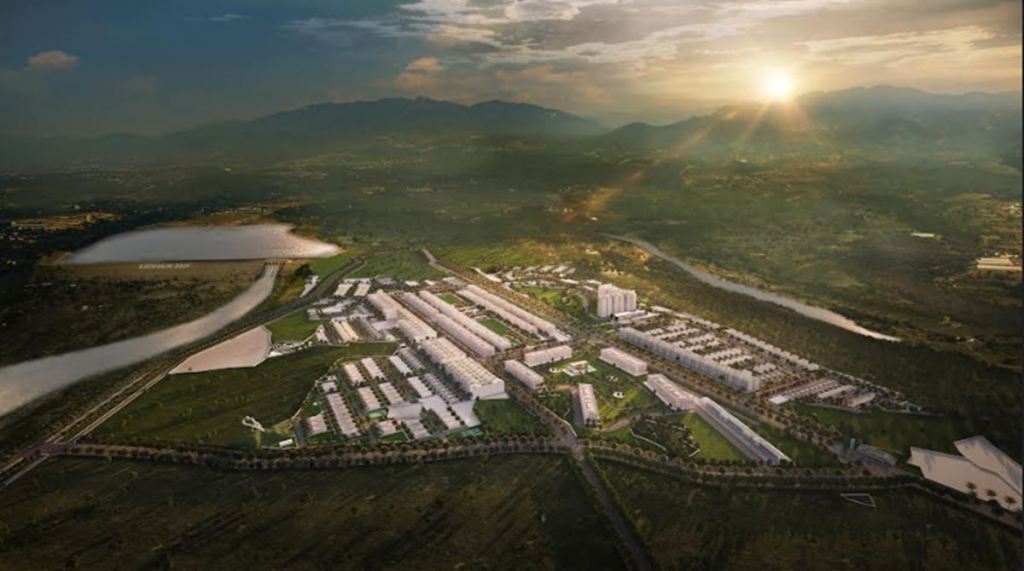The real estate horizon in India is going through a transformation of sorts, with Tier 2 cities emerging as the new engines of development and investment. While traditionally, Tier 1 cities like Mumbai, Bangalore, and Delhi-NCR have dominated the real estate sector with the lion’s share of investments and developments, current trends indicate a shift towards smaller cities, influenced by a blend of affordability, growth potential, and better infrastructure.
One of the key reasons for the mushrooming interest in Tier 2 cities is the affordability they offer. The exorbitant prices in Tier 1 cities have pushed both buyers and developers to find more cost-effective options. Housing sales in Tier 2 cities rose by 11% in the last fiscal year, with nearly 2.08 lakh units sold across 30 towns.
Lower property prices and increasing economic activity in these cities have sparked the rise of small and medium enterprises (SMEs) and the government’s push for infrastructure development is also creating value for homebuyers and investors alike.
Furthermore, the quality of life in Tier 2 cities is often better, with less congestion, pollution, and stress compared to major metropolitan areas.
Also Read: NPS Calculator: How much should a 30 year old invest for monthly pension of Rs 2 lakh?
Developer investments in cities like Panchkula, Panipat, Ludhiana, Mohali, Rudrapur, and Sonipat are driven by improved infrastructure and connectivity besides affordability and aspirational middle-class buyers seeking to own homes.
The emergence of integrated luxury townships in Tier-2 cities is also an interesting offshoot of urbanization spreading beyond major metropolitan regions. These townships feature a union of residential, commercial, and recreational facilities within a single, planned community. The concept is particularly attractive to the rising wealthy demographic in Tier-2 cities, who aspire to a higher standard of living, convenience, and plush amenities similar to those in larger cities.
Supportive government policies like the Smart Cities Mission and the Atal Mission for Rejuvenation and Urban Transformation (AMRUT) also help in driving infrastructure development and enhancing the overall livability of these cities.
Tier 2 cities are also experiencing economic booms, partly due to the establishment of SMEs and industries. Government initiatives to boost infrastructure have further fuelled this growth. Enhanced connectivity, better roads, and public transportation systems improve the investment climate as well.
The commercial real estate sector is also shifting towards Tier 2 cities. Recognizing the potential of these markets, flexible workspace operators are swiftly growing their presence. The demand for office space in these cities is spurred by IT, e-commerce, and start-ups, making them dynamic hubs of growth and innovation.
Investors are increasingly lured to Tier 2 cities because of lower land costs, unexploited growth prospects, and government backing for infrastructure creation. Cost-efficiency and strong rental yields in these cities makes them a tempting target for developers and investors.
With India focused on becoming a $10-trillion economy by 2030, the emphasis on building urban infrastructure in Tier 2 cities will be vital. With urbanization rates estimated to hit 36% by 2024 and nearly 50% by 2050, these cities are primed to become epicentres of comprehensive and sustainable urban progress.
(By S K Narvar, Group Chairman, Trident Realty)
Disclaimer: Views, recommendations, opinions expressed are personal and do not reflect the official position or policy of FinancialExpress.com. Readers are advised to consult qualified financial advisors before making any investment decision. Reproducing this content without permission is prohibited.

